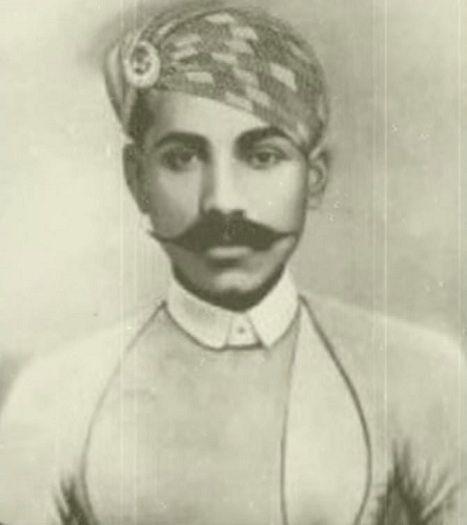| Thug Behram was a notorious serial killer in 18th-century Indian history, known for killing 931 victims. |
| He led the Thuggee cult and was recorded in the Guinness World Records. |
| Behram was shy in childhood but became friends with the older Thug, Syed Ameer Ali, who introduced him to Thuggee. |
| He started killing at the age of 10 and led a group of around 200 Thugs who terrorized central India. |
| Behram used a yellow handkerchief with a coin to strangle his victims, a signature method of his crimes. |
| His gang had a secret code language and used the word 'Ramos' before attacking victims. |
| Behram spared certain groups like women, musicians, and European travelers, focusing on traders, tourists, and pilgrims. |
| He gained notoriety in England, leading to British investigations and the eventual arrest in 1838. |
| After surrendering, Behram confessed to killing 931 victims, with 150 attributed to him. |
| In 1840, Behram and his gang were executed by hanging in Jabalpur, India. |
| The village Sleemanabad in Jabalpur was named after the British soldier who investigated Behram. |
| Behram and his gang worshipped Goddess Kali and performed ritualistic killings in her honor. |
| The book 'Thug: The True Story of India’s Murderous Cult' by Mike Dash explores Behram's life. |
| In 2018, the Hindi film 'Thugs of Hindostan' featured characters inspired by Thug Behram. |


